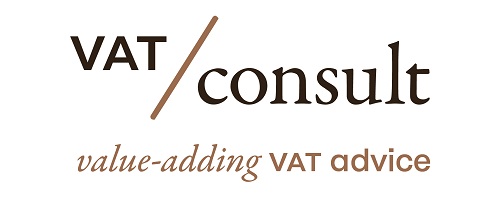- Long-Term Vision: The future EU VAT system aims for simplification, digitalization, and sustainability, guided by principles that ensure minimal exemptions, alignment of rules for goods and services, and user-friendly processes. These changes are intended to enhance economic competitiveness and support the transition to a circular economy.
- ViDA Implementation: Following the introduction of the VAT in the Digital Age (ViDA) directive in April 2025, the focus will be on implementing its three pillars—e-invoicing and digital reporting, VAT treatment of the platform economy, and single VAT registration across the EU. This foundational work will pave the way for broader reforms.
- Proactive Development: To prepare for the future VAT landscape, stakeholders are encouraged to build on the VAT Expert Group (VEG) report’s strategic ideas and initiate discussions and proposals now. The IVA is facilitating this dialogue through its conferences, emphasizing the importance of early action to ensure effective and timely reforms in the VAT sector.
Source IVA
Latest Posts in "European Union"
- Commission Backs Italy’s VAT Derogation Through 2028
- Comments on GC T‑575/24 – AG – Contrary to EU law if services provided to members are regarded as internal acts
- Comments on ECJ C-515/24 (Randstad España) – AG – Introduction of exclusion of VAT deduction of representation expenses by Spain not contrary to EU law
- Briefing Document & Podcast: VAT concepts ”Chain Transactions” & ”Triangulation” explained based on ECJ/CJEU cases
- Comments on ECJ C-744/23: No-Cure-No-Pay Services Are Subject to VAT














